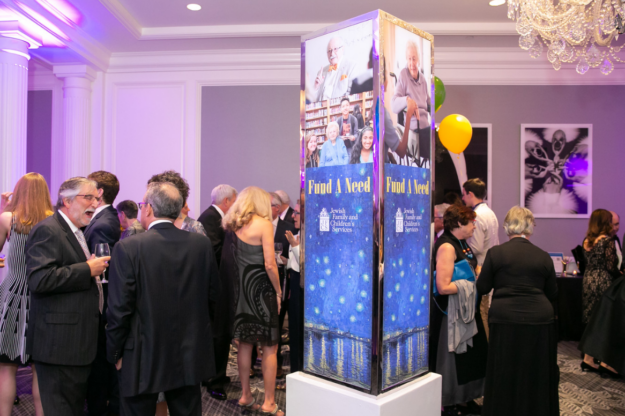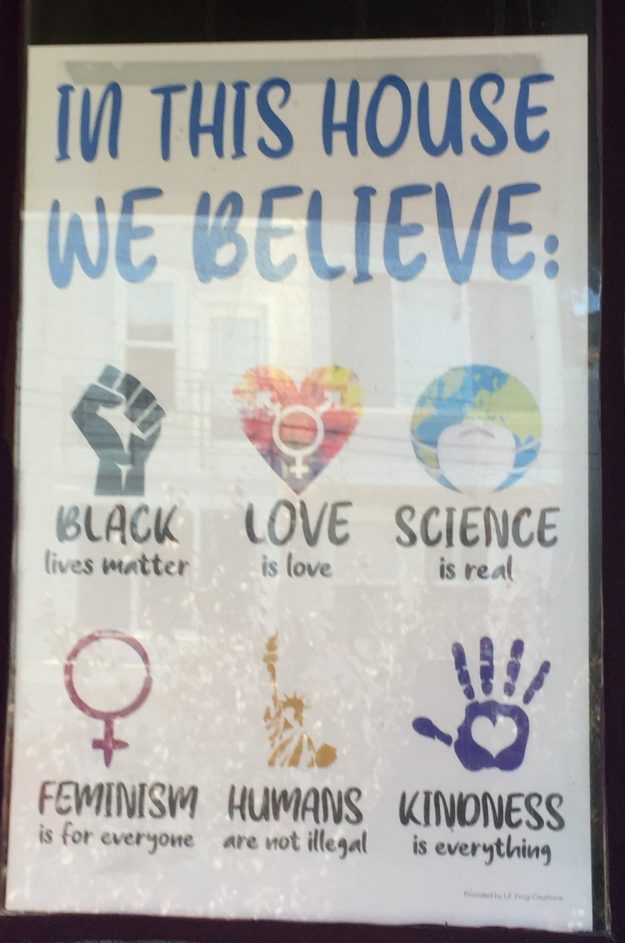 When you’re not aware you’re making a mistake, it’s hard to avoid it.
When you’re not aware you’re making a mistake, it’s hard to avoid it.
So let’s get curious. I’m going to ask you to close your eyes for a minute to imagine a donor you’ve been wanting to ask for a major gift. I’m going to ask you to visualize a space where you’re meeting. Put them in your office, their home, a café or even a Zoom screen. Choose what’s comfortable, and where you think you’d be most likely to meet with this donor within the next month or so.
Okay… do you have your donor and your meeting space in mind? Excellent!
Now, before closing your eyes, commit to visualizing these four things:
- You’re in the room together.
- You smile. They smile back.
- Someone else is in the room with both of you. Imagine you brought them with you. Who are they, and how does it feel having them there to support you?
- Bolstered by the smiles and good company, what do you say to open the conversation?
Okay, are you ready to close your eyes? Even if this feels a little weird, why not give it a try?
EXERCISE: You can do this by yourself, but it works better if you do it in a pair. Find a co-worker, friend or family member to prompt you to close your eyes and take a few deep breaths. Notice if you’re holding tension anywhere in your body. Relax those areas (forehead; neck; shoulders; hands; belly; thighs; calves; feet). Now have them ask you the following questions:
(1) Pick a donor to meet with.
(2) Pick your meeting space.
(3) Pick an additional person to support you in the room (e.g., program director; subject matter expert; volunteer; executive director; board member; other donor). Describe who they are, and how it feels having them there.
(4) Open the conversation. What are you saying to them? What are they saying back? What’s their body language? Are their eyes lighting up? Are they smiling? Leaning forward? Play this scenario out just a bit, until you get to a place of comfort or discomfort.
Then open your eyes.
What did that feel like?
What felt comfortable to you? Uncomfortable? Did it feel more comfortable and pleasant than you may have imagined?
Smiling people, committed to the same cause, hanging out in a comfortable space together…. from such a space can come many good things.
- What did you say to open the conversation?
- How did that feel?
- If it felt good, why?
- If it didn’t feel good, why?
Take a few minutes to journal some answers to those questions. I guarantee this will help you shift the energy for the next time you move into this space – in real time – with a donor.
A Mistake is Just a Misjudgment
It’s not fatal; you can correct it. But first you have to recognize it happened!
Mistakes in major donor conversations generally arise when you don’t know enough about the donor, or vice-versa. That’s why there are two kinds of major donor visits:








 When you’re not aware you’re making a mistake, it’s hard to avoid it.
When you’re not aware you’re making a mistake, it’s hard to avoid it.
 Your nonprofit’s story is the whole ball of wax.
Your nonprofit’s story is the whole ball of wax.


 You must invite your donor into the story.
You must invite your donor into the story.
 Not every problem needs to be addressed immediately. Some will work themselves out.
Not every problem needs to be addressed immediately. Some will work themselves out.
 In my last article I talked about
In my last article I talked about 




 When you’re not aware you’re making a mistake, it’s hard to avoid it.
When you’re not aware you’re making a mistake, it’s hard to avoid it.
 Want your donors to sustain you? Then you can’t consume them in five minutes.
Want your donors to sustain you? Then you can’t consume them in five minutes.
 Here is some wisdom gleaned from many decades of personal nonprofit work.
Here is some wisdom gleaned from many decades of personal nonprofit work.

 Fundamentals are important! Before writing your appeal, it’s good to remind yourself of the basics to make sure you’ve got all bases covered. Look at the elements you want to include; make sure you’re applying them. In this two-part series, I’m calling out eight appeal writing fundamentals. In
Fundamentals are important! Before writing your appeal, it’s good to remind yourself of the basics to make sure you’ve got all bases covered. Look at the elements you want to include; make sure you’re applying them. In this two-part series, I’m calling out eight appeal writing fundamentals. In 


 When you’re not aware you’re making a mistake, it’s hard to avoid it.
When you’re not aware you’re making a mistake, it’s hard to avoid it.
 If I had to tell you what you need to do to succeed with major gift fundraising in one short paragraph it would be this:
If I had to tell you what you need to do to succeed with major gift fundraising in one short paragraph it would be this:


 I often say “If you want gifts, you must give them.”
I often say “If you want gifts, you must give them.”
 “Begin at the beginning and go on till you come to the end; then stop.” So wrote Lewis Carroll in Alice in Wonderland.
“Begin at the beginning and go on till you come to the end; then stop.” So wrote Lewis Carroll in Alice in Wonderland.





